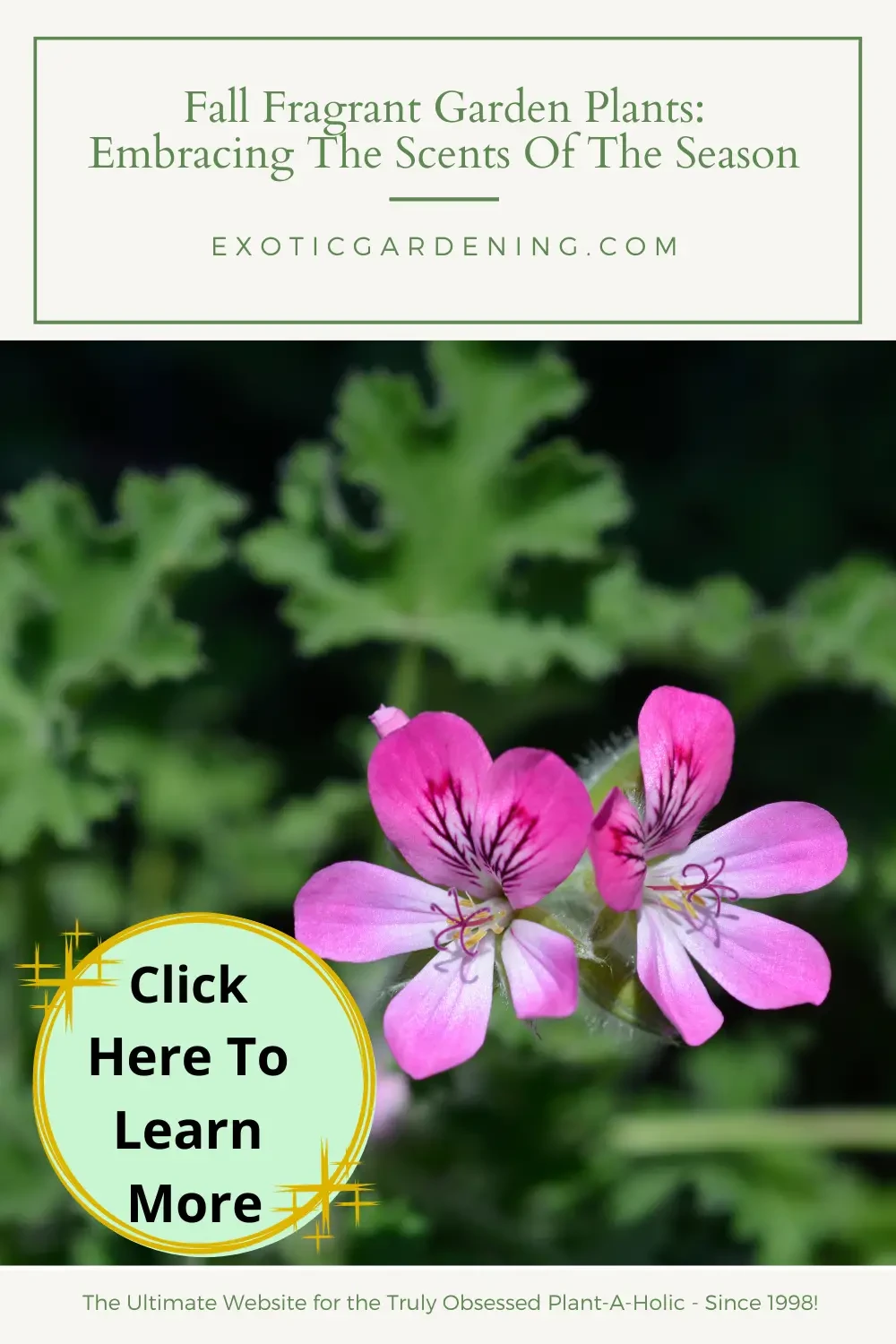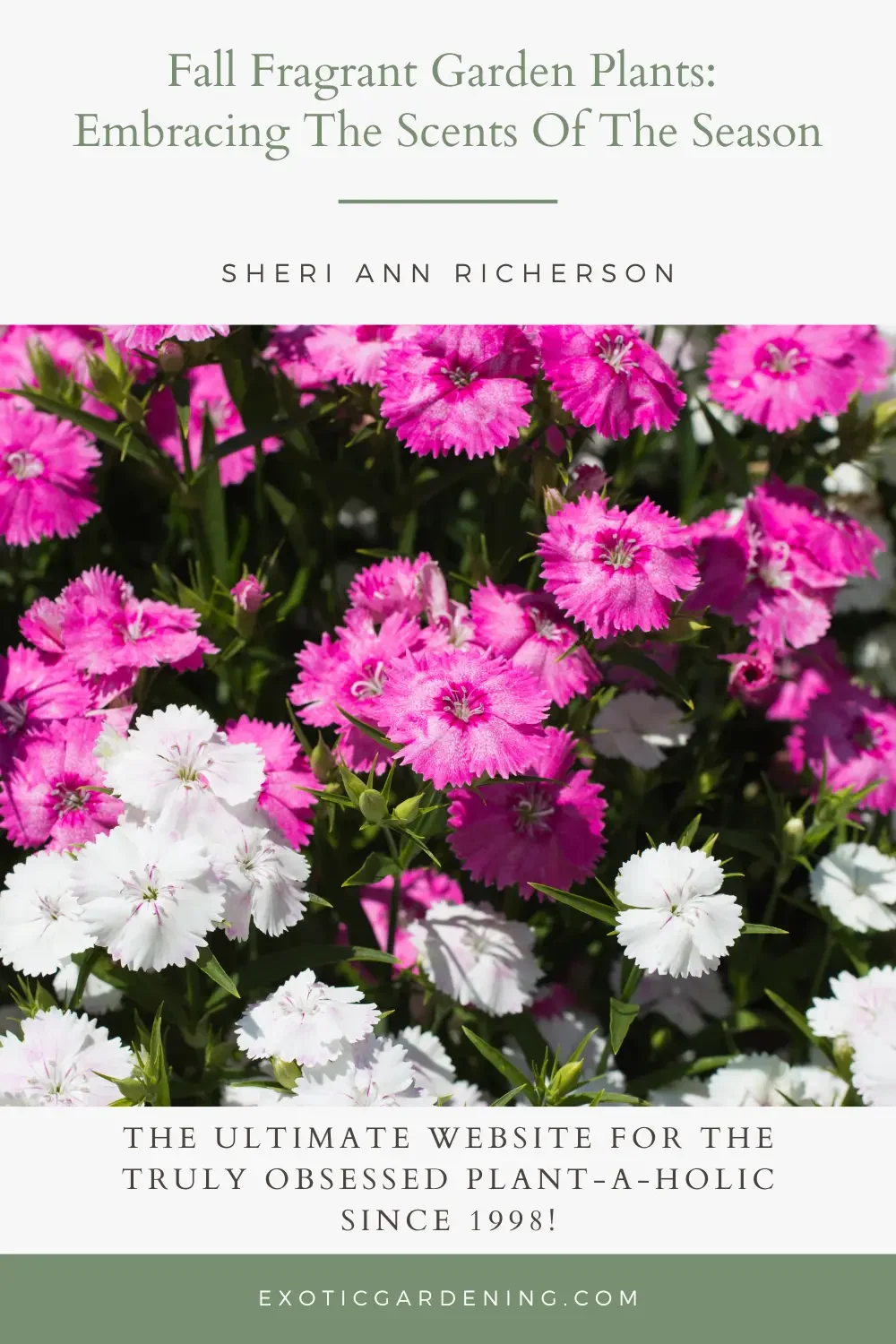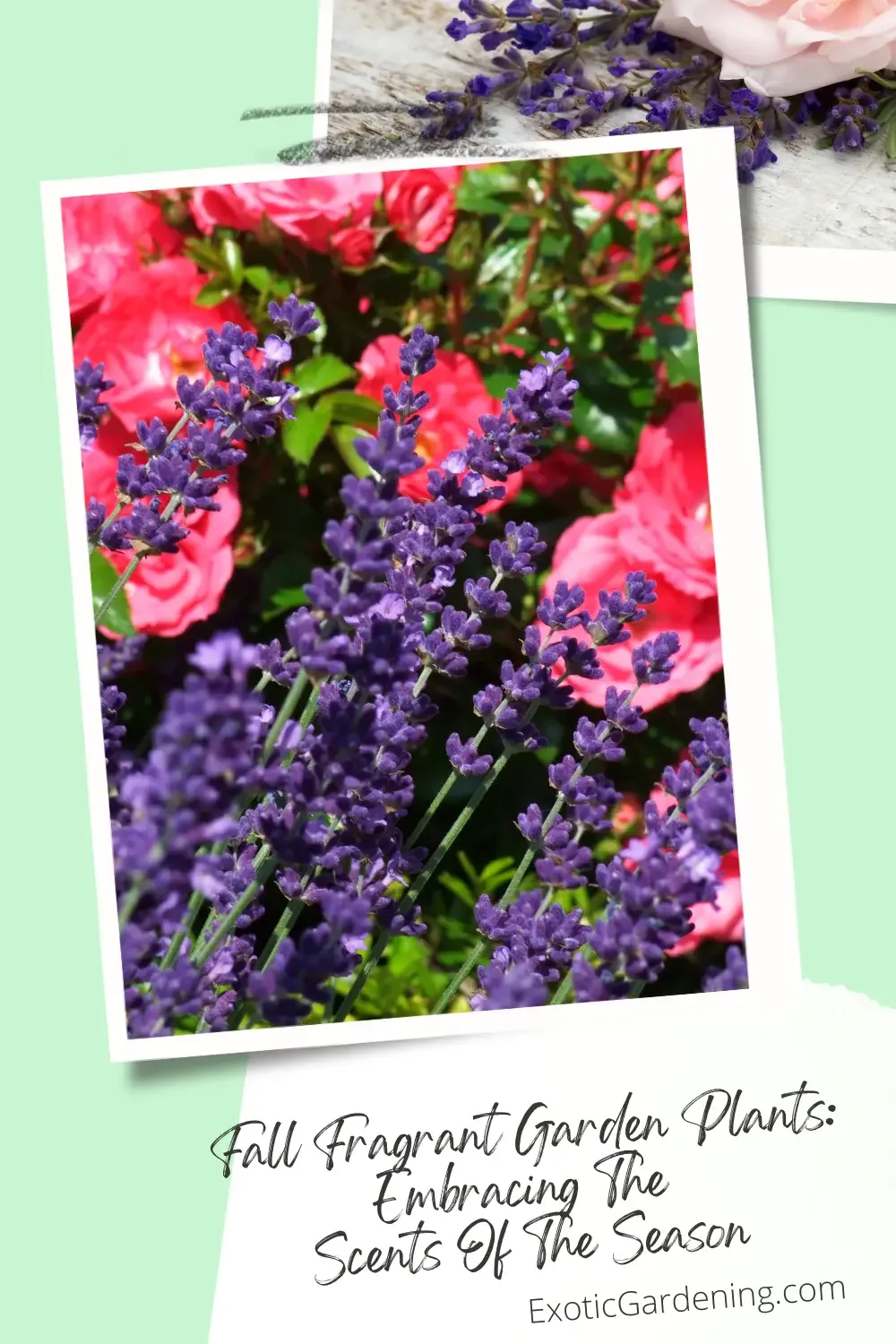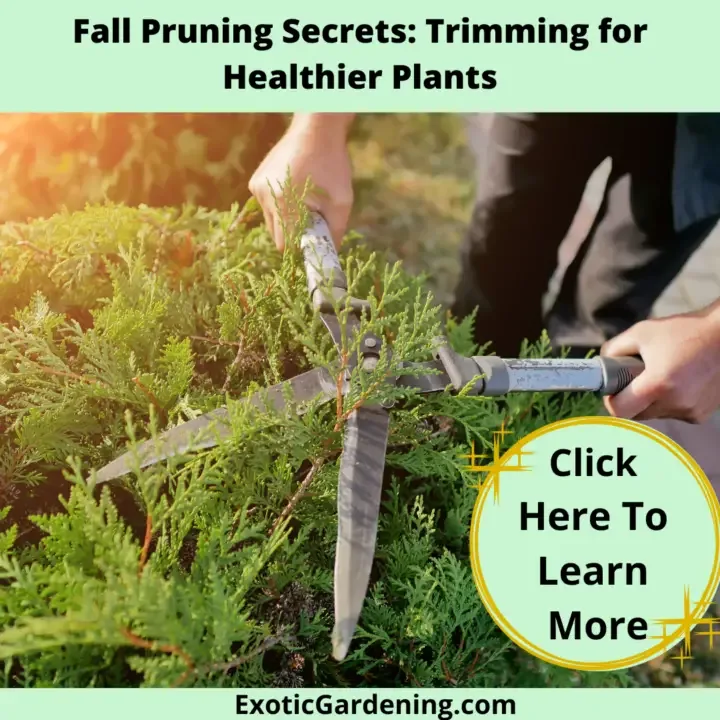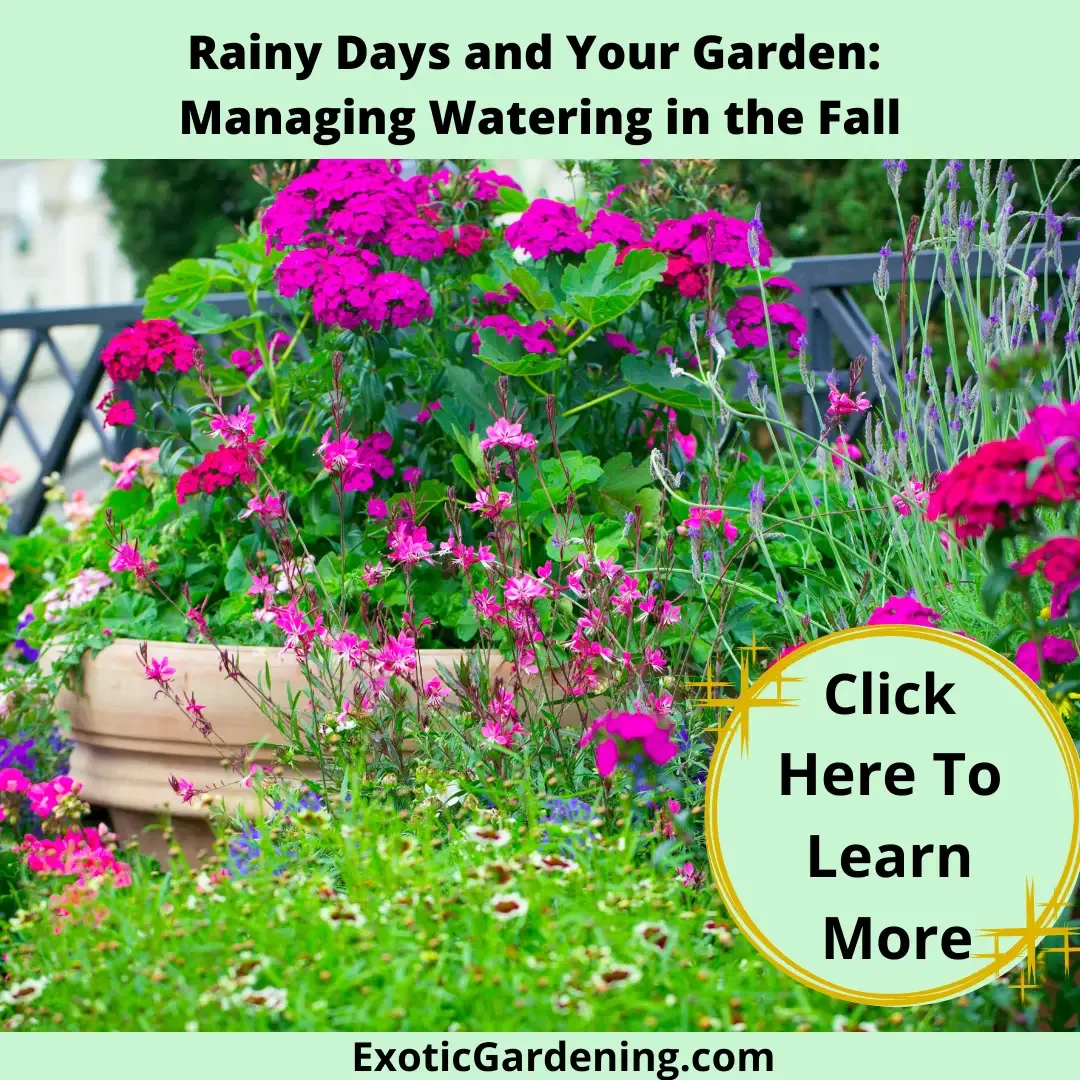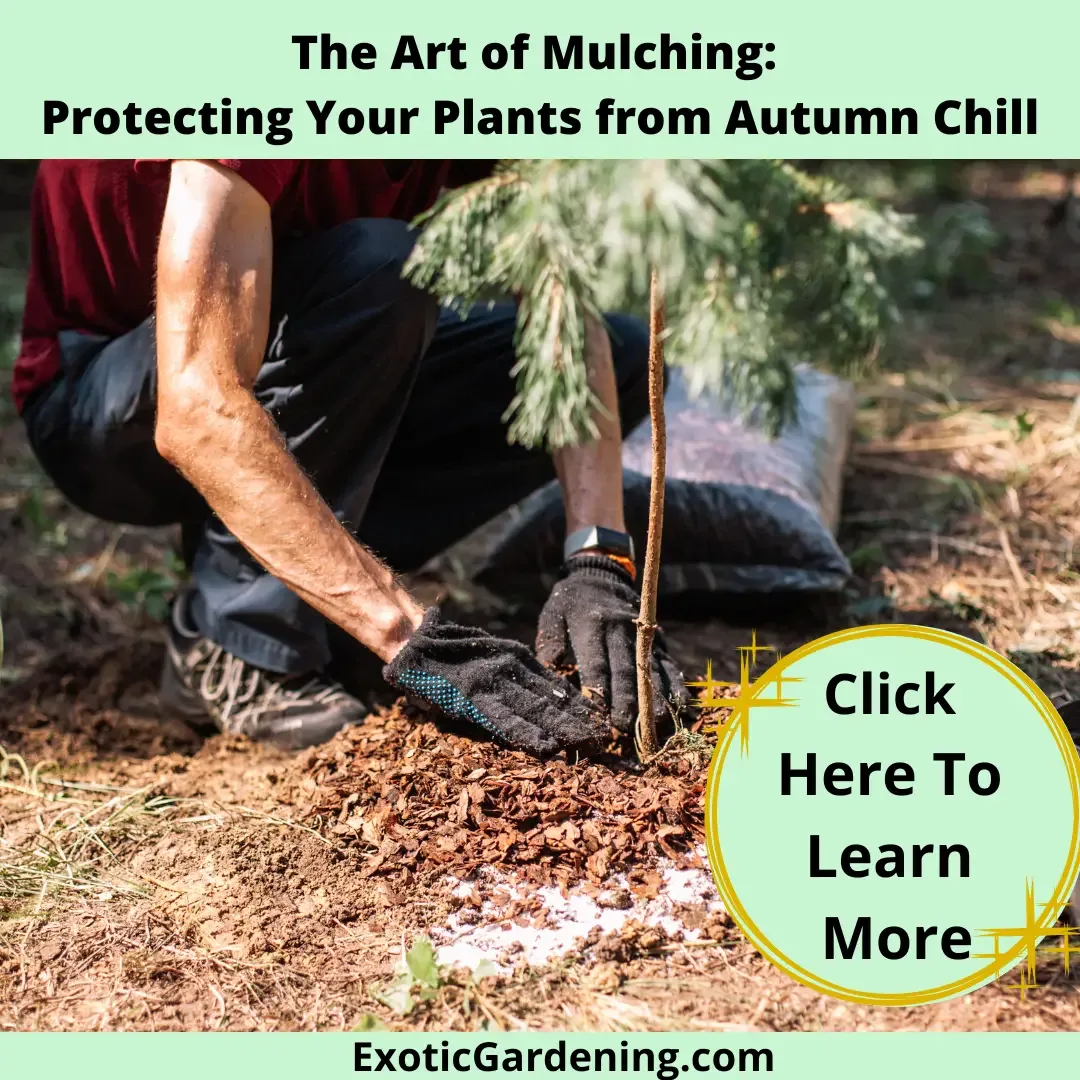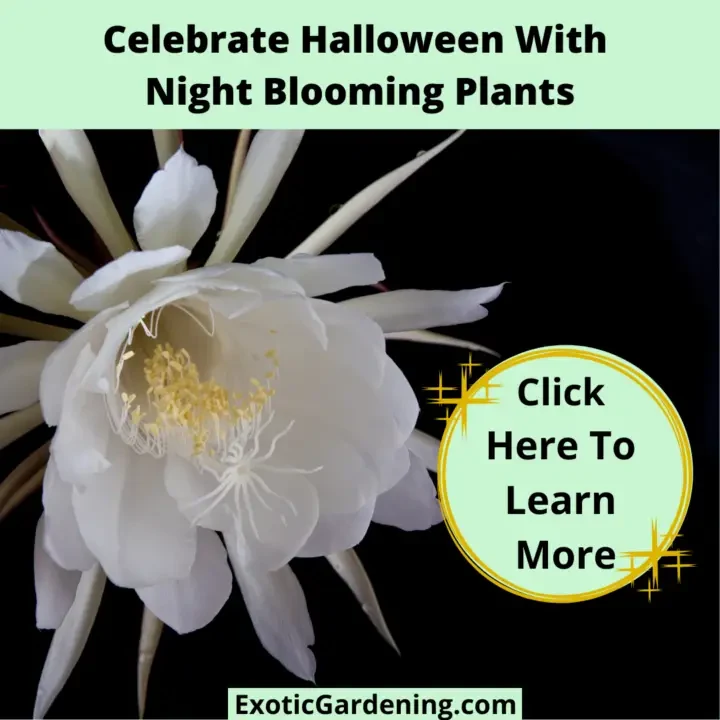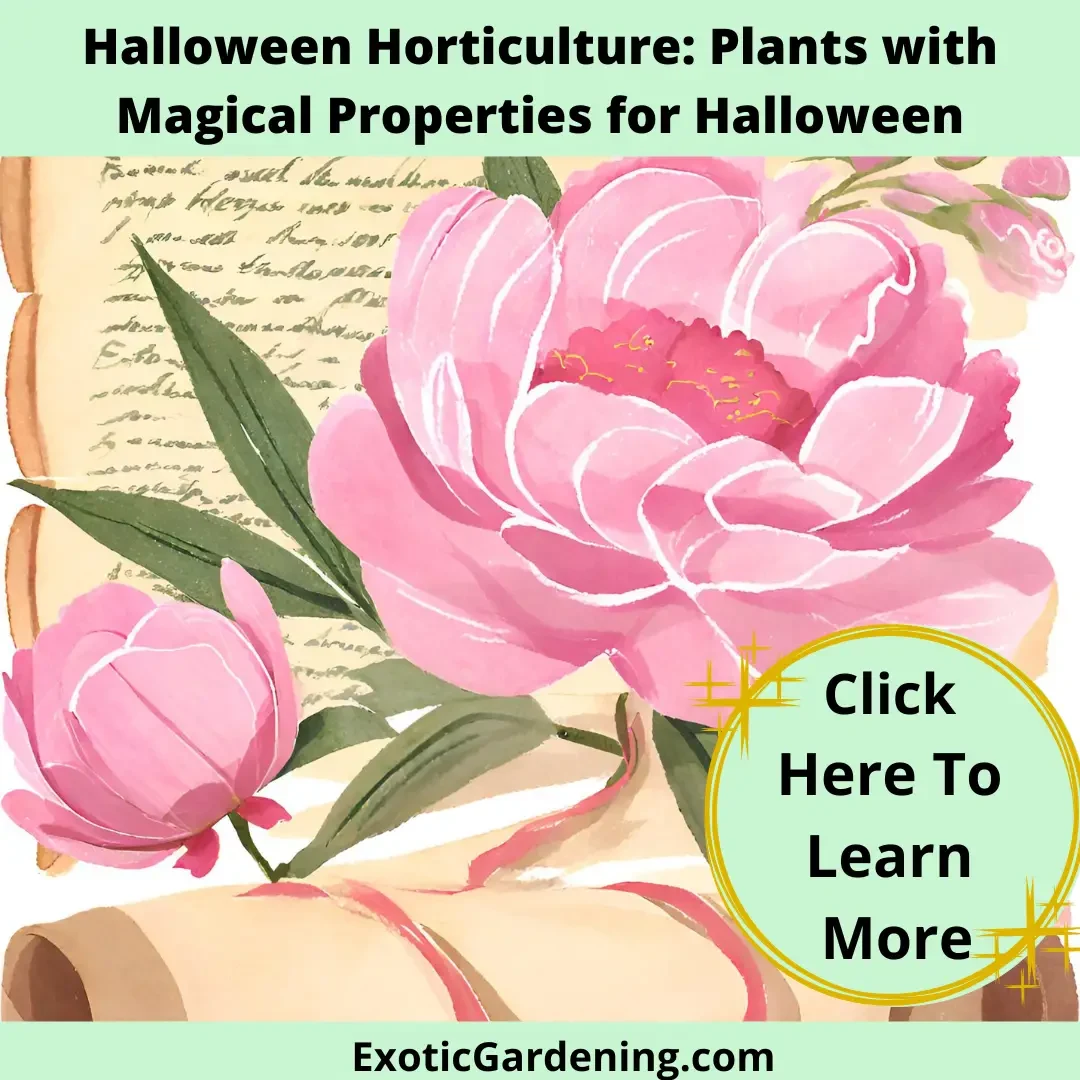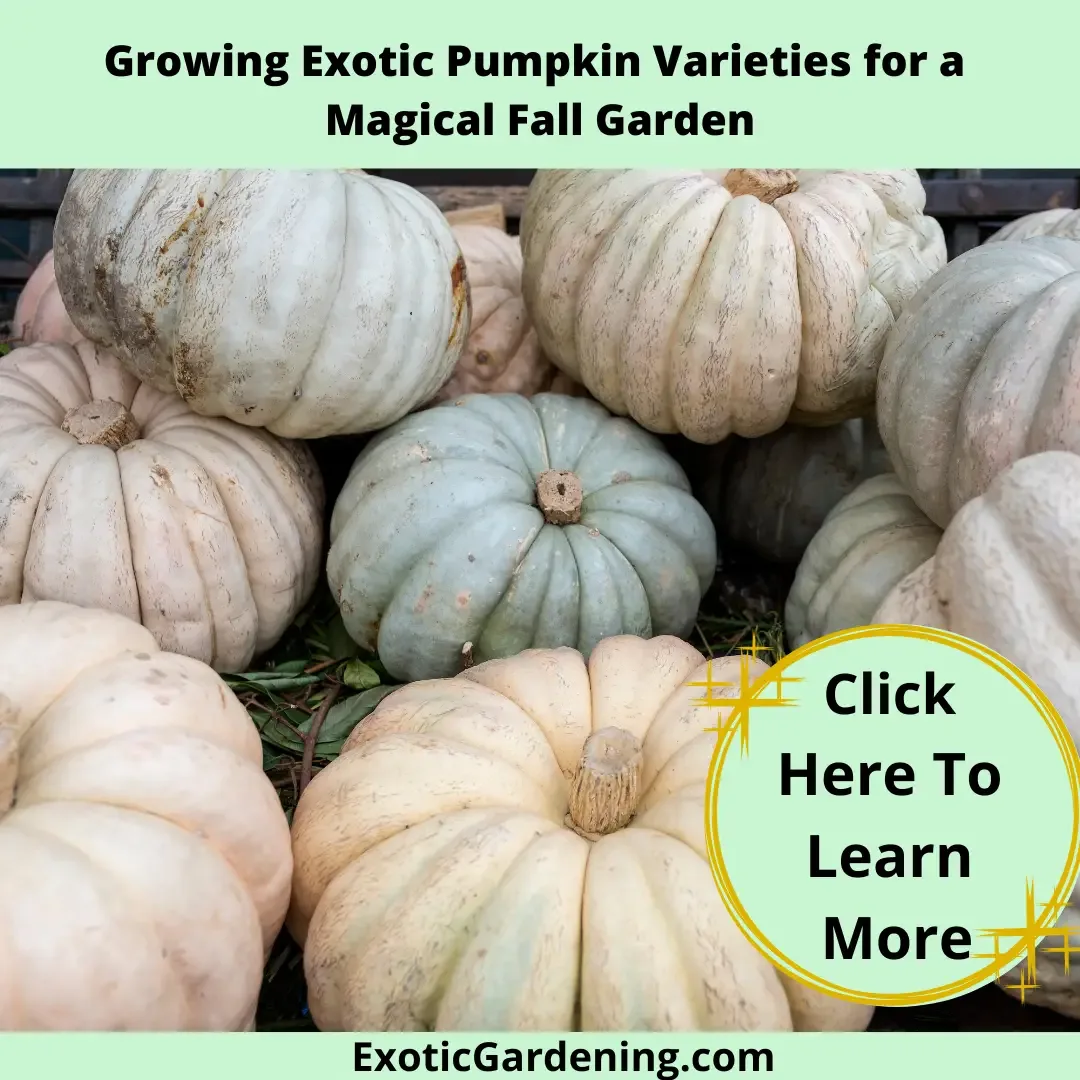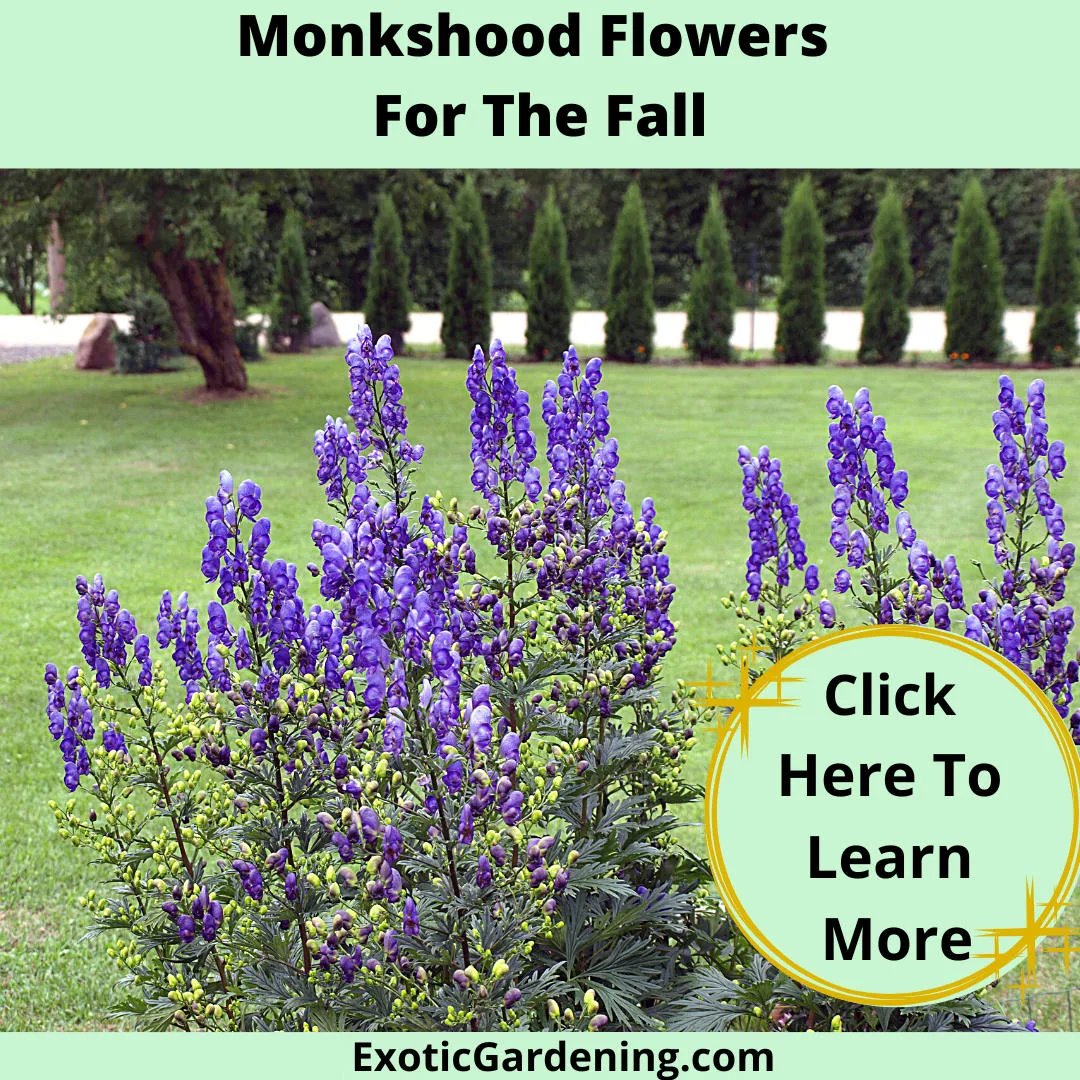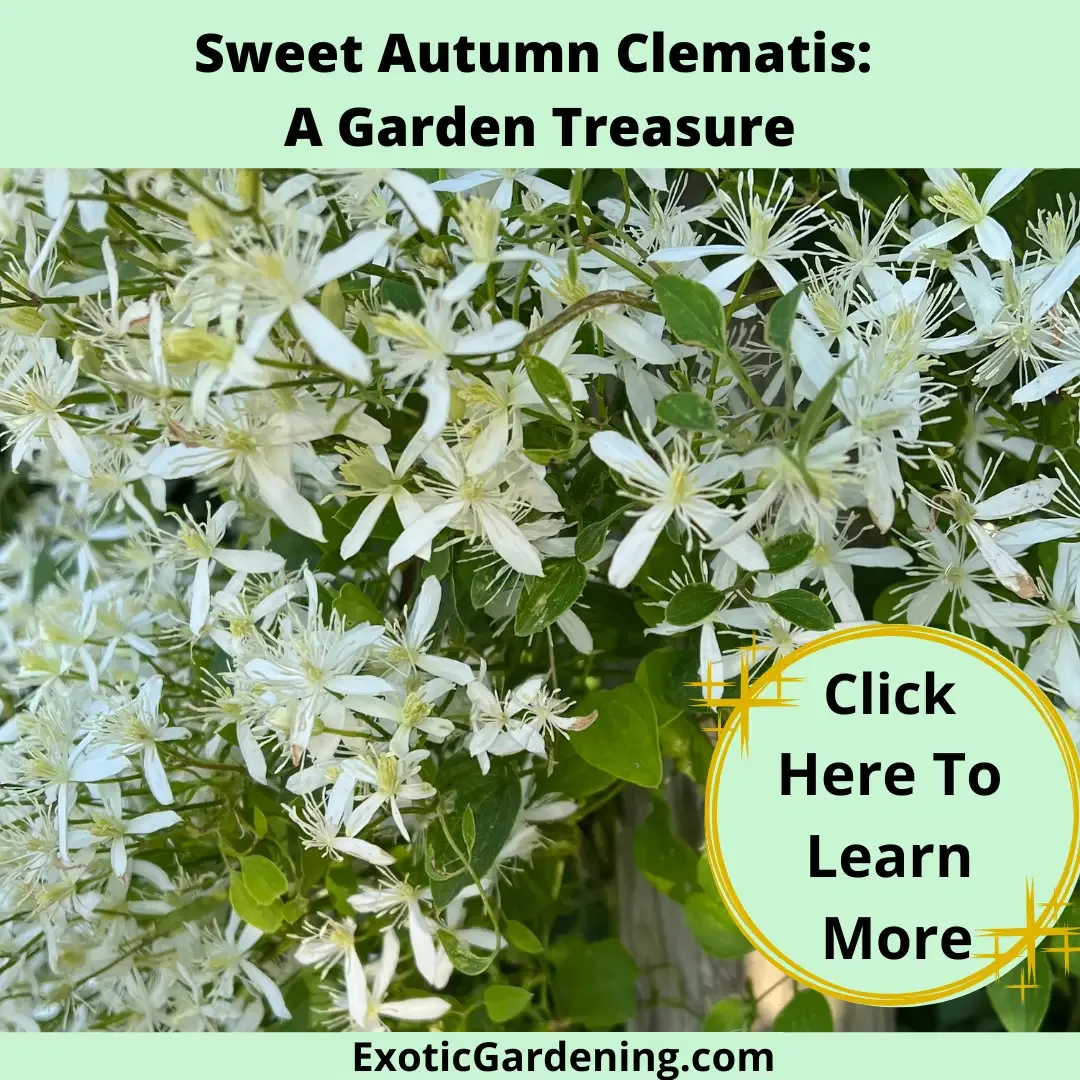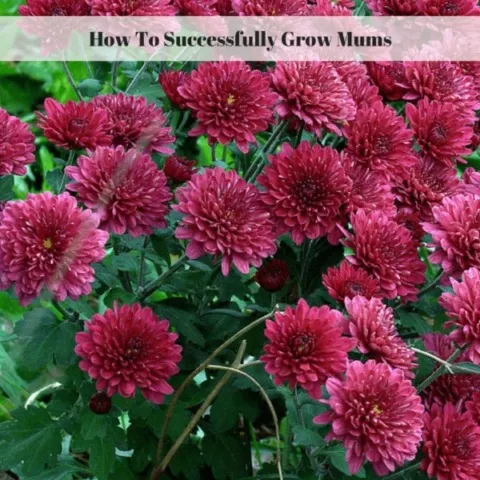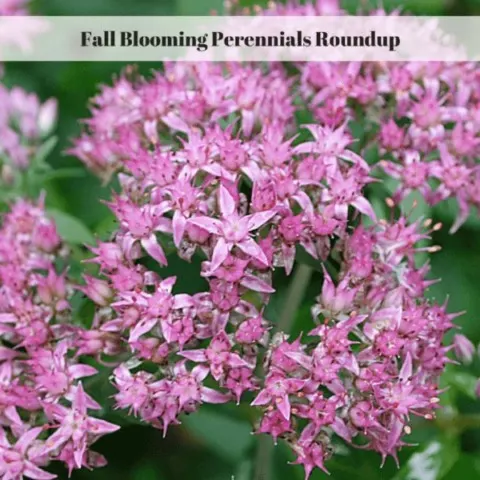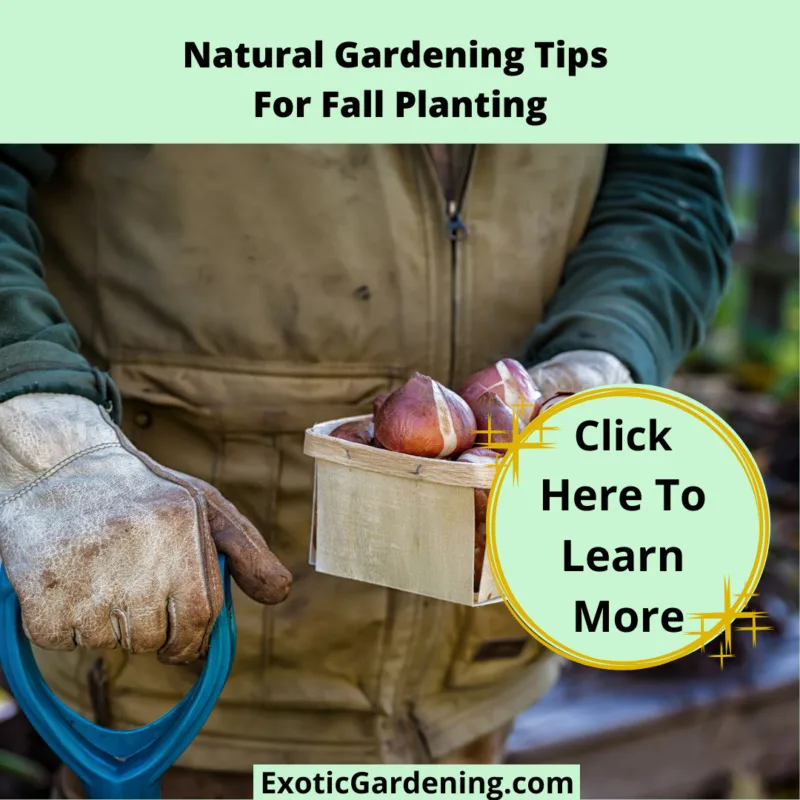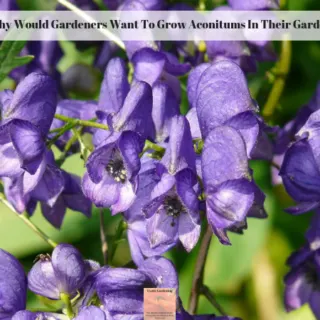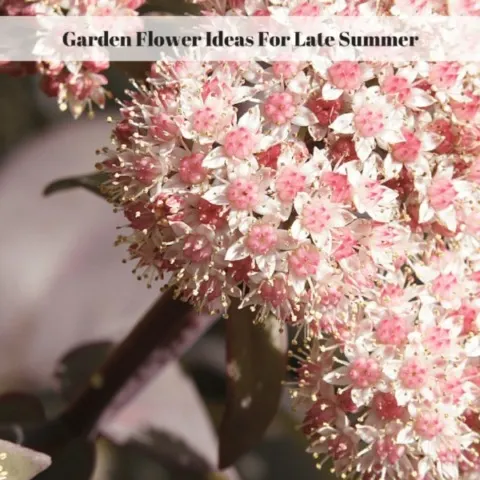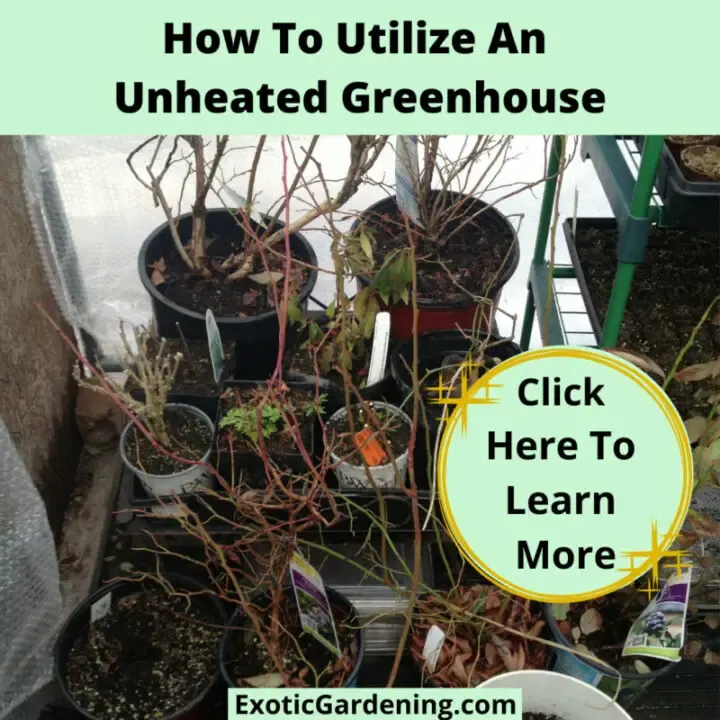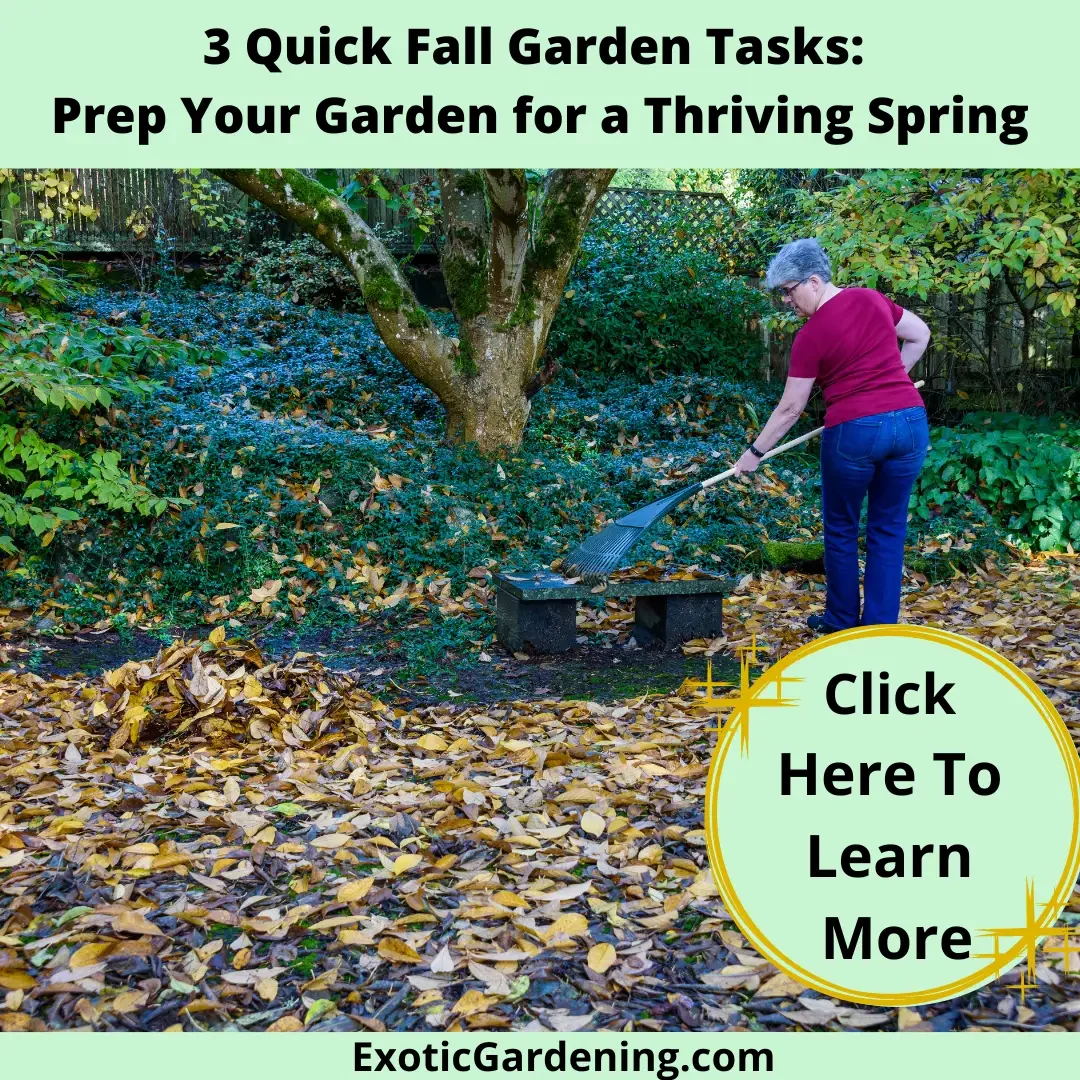Fall fragrant garden plants are a testament to the timeless and soul-nourishing pursuit of gardening, which offers a unique connection to the natural world.
The scent of earth, the touch of leaves, and the vibrant blooms can turn a patch of soil into a sanctuary.
But what if your garden could offer not just visual beauty but a symphony of fragrances, especially in the glorious season of fall?
In this exploration of fall fragrant garden plants, we delve into the delightful art of cultivating plants that not only add aesthetic charm to your garden but also awaken the senses with their alluring scents.
While the appeal of a visually stunning garden is undeniable, the olfactory experience it provides elevates the joy of gardening to a whole new level.
Our focus in this journey is on those fragrant plants that reach their peak in the fall, creating a sensory feast for your garden.
Among the many enchanting possibilities, we'll uncover the secrets of growing lavender, roses, and dianthus, each with its unique aroma and uses.
These fall fragrant garden plants offer a cornucopia of scents and serve as the foundation for crafting delightful fall potpourri, allowing your garden's bounty to fill your home with the essence of the season.
So, let's embark on this fragrant gardening adventure together.
Selecting Fragrant Plants for Your Fall Garden
When it comes to creating a fragrant fall garden, the key lies in selecting the right plants.
- Here, we'll explore a variety of aromatic options that thrive in the autumn months:
- Lavender - This timeless favorite is prized not only for its beautiful purple blooms but also for its soothing and calming scent. Lavender is a versatile plant, known to help with relaxation and sleep, making it an excellent addition to your garden for more than just its fragrance.
- Roses - The classic and romantic aroma of roses is synonymous with beauty and love. These timeless flowers come in a wide range of scents, from delicate and sweet to rich and robust. Beyond their fragrant blooms, roses are also excellent for attracting pollinators, supporting the overall health of your garden.
- Dianthus - Dianthus, often referred to as "pinks," adds a unique twist to your fall garden with its spicy and clove-like fragrance. These charming flowers not only scent the air but also offer a pop of color and texture to your garden beds. As with roses, dianthus can also attract beneficial insects, enhancing your garden's biodiversity.
- Lemon Balm - Lemon balm contributes a zesty and refreshing aroma to your fall garden. Its invigorating scent can awaken the senses and add a bright note to the fragrance palette.
- Mint - Mint offers a burst of cool and invigorating fragrance. Its aromatic leaves are not only delightful to smell but also useful in various culinary and beverage creations.
- Rosemary - Known for its earthy and herbal scent, rosemary is a wonderful addition to the fall garden. Its aromatic leaves can infuse a touch of Mediterranean fragrance into your outdoor space.
- Thyme - Thyme is prized for its warm and savory aroma. It's a versatile herb that not only adds fragrance but also enhances the flavors of your culinary creations.
- Hops - Hops bring a unique and complex scent to your garden. Beyond their aromatic qualities, hops are known for their use in brewing and can be a fascinating addition for beer enthusiasts.
- Gardenia - With its exotic and captivating floral fragrance, gardenia adds a touch of elegance to your garden. Its sweet, heady scent can transport you to a tropical paradise.
- Scented Geranium Leaves - Scented geranium leaves offer a range of unique scents, from citrusy to minty. They provide a versatile fragrance palette and can be used for crafting and aromatic purposes.
- Lily - Lily plants offer a sweet and enchanting floral aroma. Their large, colorful blooms not only please the eye but also delight the nose with their captivating fragrance.
In addition to their delightful scents and aesthetic appeal, it's essential to highlight the multifaceted benefits of these plants.
Lavender, roses, and dianthus serve as more than just sources of fragrance; they also play a crucial role in attracting pollinators, contributing to the overall health and vitality of your garden.
These plants embody the concept of a sensory garden, engaging both your sense of smell and sight while supporting the local ecosystem.
Growing and Caring for Fragrant Plants
The secret to a thriving fragrant garden lies in understanding the unique needs of each plant.
Let's dive into the essentials for growing and caring for these aromatic gems:
Lavender:
- Ideal Growing Conditions: Lavender adores full sun and well-drained soil. It's a drought-tolerant plant, so avoid overwatering.
- Maintenance: Prune spent flowers to encourage more blooms. In late winter, give it a light trim to maintain its shape.
- Fall-Specific Care: As autumn arrives, ensure your lavender gets enough sunlight to maintain its fragrance. A light mulch can help protect it from cold snaps.
Roses:
- Ideal Growing Conditions: Roses thrive in full sun, well-drained soil, and regular pruning.
- Maintenance: Prune in late winter or early spring to remove dead wood and encourage new growth. Regular deadheading helps prolong the flowering season.
- Fall-Specific Care: Keep an eye out for any pests or diseases. Water deeply if there's a dry spell to help them prepare for winter.
Dianthus:
- Ideal Growing Conditions: Dianthus prefers well-drained soil and full sun. It's generally low-maintenance.
- Maintenance: Deadhead spent blooms to promote continuous flowering. Divide the plants every few years to keep them vigorous.
- Fall-Specific Care: Mulch around the base of the plants to protect them from the cold. Water sparingly to prevent root rot.
Lemon Balm:
- Ideal Growing Conditions: Lemon balm thrives in partial shade but can tolerate full sun. It's not overly picky about soil.
- Maintenance: Regularly prune lemon balm to prevent it from becoming too leggy and to encourage bushier growth.
- Fall-Specific Care: In the fall, harvest some of the leaves for culinary or aromatic use. This pruning can also help control its size.
Mint:
- Ideal Growing Conditions: Mint is quite adaptable but prefers partial shade. It can be invasive, so consider planting it in containers to control its growth.
- Maintenance: Regularly harvest mint leaves to encourage bushier growth. Trim any leggy stems.
- Fall-Specific Care: Harvest mint leaves for drying or using fresh in various recipes. Consider thinning it out if it's become overcrowded.
Rosemary:
- Ideal Growing Conditions: Rosemary enjoys full sun and well-drained, slightly sandy soil.
- Maintenance: Prune rosemary regularly to maintain its shape and size. You can also harvest fresh sprigs for culinary use.
- Fall-Specific Care: Rosemary typically thrives through the fall, so ensure it has good drainage to prevent root rot during the wetter season.
Thyme:
- Ideal Growing Conditions: Thyme prefers full sun and well-drained soil. It's relatively low-maintenance.
- Maintenance: Trim thyme regularly to encourage bushier growth and prevent it from becoming woody.
- Fall-Specific Care: Harvest thyme sprigs for culinary use or drying. Consider protecting it from heavy rain to avoid waterlogged roots.
Hops:
- Ideal Growing Conditions: Hops thrive in full sun and well-drained soil. They require sturdy support for their climbing vines.
- Maintenance: Prune back hop vines in the fall after harvest to encourage new growth in the next season.
- Fall-Specific Care: After harvesting the hop cones, you can cut the vines back to the ground, leaving only a few inches. This prepares them for the winter season.
Gardenia:
- Ideal Growing Conditions: Gardenias prefer partial shade and well-drained, acidic soil.
- Maintenance: Prune gardenia plants in late spring or early summer to shape them and remove dead or overgrown branches.
- Fall-Specific Care: Keep an eye on the soil's pH level; gardenias prefer acidic soil. Consider adding an acidic fertilizer if needed.
Scented Geranium Leaves:
- Ideal Growing Conditions: Scented geraniums thrive in full sun or partial shade and well-drained soil.
- Maintenance: Prune the plants to shape them and encourage branching. Pinch off spent blooms to promote new growth.
- Fall-Specific Care: These leaves can be harvested throughout the growing season for crafting and potpourri. In the fall, consider gathering a variety of scented leaves for drying.
Lily:
- Ideal Growing Conditions: Lilies love full sun to partial shade and well-drained soil.
- Maintenance: Deadhead spent blooms to promote flowering. After the growing season, cut back the stems and remove any yellowing leaves.
- Fall-Specific Care: Prepare your lily bulbs for the winter by adding a layer of mulch for insulation and protection.
These additional fragrant plants offer a diverse range of scents and care requirements, enhancing the sensory experience of your fall garden.
Tailoring care to each plant's unique needs ensures they thrive and continue to delight your senses.
Harvesting and Preserving Fragrant Herbs
Harvesting and preserving the fragrance of your fragrant garden is an essential step.
Here's how to do it right:
- Harvesting in Fall: Pick flowers early in the morning when the oils are most concentrated. Use clean, sharp scissors to snip blooms without damaging the plant. For roses, wear rose gloves to protect against thorns.
- Preservation through Drying: To preserve the fragrance of these herbs, consider air-drying. Bundle the cuttings and hang them upside down in a dry, well-ventilated place. Drying lavender, for instance, ensures its scent lasts throughout the year.
- Storage: Store the dried blooms and herbs in airtight containers away from direct sunlight. Label each container with the plant's name and harvest date to keep track of freshness.
Fragrant Gardening: Nurturing Senses and Sharing Stories
Cultivating fragrant plants in your fall garden is a delightful journey that engages your senses and enriches your gardening experience.
It's more than just a visual spectacle; it's a sensory adventure.
As you nurture lavender, roses, and dianthus, you'll find that their aromatic offerings extend far beyond the garden.
I encourage you to explore this world of fragrant gardening and to share your experiences with fellow garden enthusiasts.
Whether you're a novice gardener or a seasoned green thumb, the beauty of gardening is that there's always something new to learn and share.
So, let's continue to embrace the scents of the season and create gardens that delight not only the eyes but also the nose.
The Fall Garden
Fall Pruning Secrets: Trimming for Healthier Plants
Discover Fall Pruning Secrets: Learn when and how to prune for healthier plants in our expert guide. Your garden will thank you!
Rainy Days and Your Garden: Managing Watering in the Fall
Discover the art of managing watering in the fall. Tips to prevent overwatering and keep your garden thriving on rainy days.
The Art of Mulching: Protecting Your Plants from Autumn Chill
Discover the secrets of expert mulching in fall. Learn how to protect your plants from the autumn chill with our essential mulching guide.
Crafting Miniature Gardens for Halloween - A Vintage Halloween Tale
Craft Vintage-Inspired Miniature Gardens for Halloween - Spooky Terrariums with Plants and Halloween Decor.
Halloween Horticulture: Plants with Magical Properties for Halloween
Unlock the enchanting world of Halloween with plants with magical properties. Discover their mystical allure in our captivating guide.
Growing Exotic Pumpkin Varieties for a Magical Fall Garden
Discover the allure of exotic pumpkin varieties in your garden for a magical fall. Spice up your harvest with diversity!
Creating a Spooky Halloween Garden: Unveiling Nature's Eerie Allies
Transform your garden into a spooky Halloween haven with eerie insects, enchanting decor, and the magic of nature. Explore now!
Monkshood Flowers for the Fall: A Majestic and Toxic Beauty
There are some late blooming flowers for the fall season such as monkshood. Autumn monkshood is known to bloom from September to November!
Sweet Autumn Clematis: A Garden Treasure
Discover the enchantment of Sweet Autumn Clematis: rapid growth, fragrant blooms, and versatile garden beauty await!
3 Quick Fall Garden Tasks To Do Now
Master your garden's fall cleanup with these 3 essential fall garden tasks. Save time and stress less this season!

